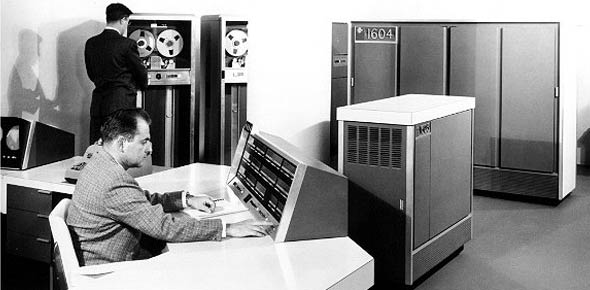Which operational report's (OPREP) initial synchronous...
The principal military advisor to the president and Secretary of...
What type of flight assistance consists of those functions and...
Which operational report (OPREP) do you submit to report any event or...
The authority a military commander lawfully exercises over...
Which response is the initial stage that implements a limited...
When monitoring preflight operations, you use the alternate and...
The authority a commander exercises over part of the activities of...
For exercises and war operations, how do you obtain detailed and...
What agency monitors a crew memeber's training and proficiency?
Within the National Response Plan, the commander of state military...
A unified command is composed of significant forces from
Which phase of emergency response consists of firefighting, security,...
Which phase of a major accident or natural disaster consists of...
Who is responsible for ensuring that command post checklist are...
What action must you take when you receive weather information that...
Which vision obstruction is caused by the exhaust gases of aircraft...
Which major command researches, develops, tests, acquires and supports...
Which treaty was originally proposed to reduce fears of a surprise...
The administrative chain of command runs from the president,...
The president of the United States' 1979 executive order merged...
When you make log entries, you use seperate events log for exercises...
What instrument is the primary means for transferring forces and...
How are joint forces established?
What plan is an all-discipline, all-hazard plan for the management of...
What Act authorizes the president to issue a major disaster...
The reference line on an aeronautical chart normally identified with...
What resource provides the commander of an Air Force installation...
What organization must you contact to handle small or large aircraft...
The 0 degree line of latitude is known as
Which type of ice is formed by the instantaneous freezing of small,...
Which base support agency/group provides the key function that...
What agency would you contact for information about the initial and...
What agency would you contact for positioning an aircraft for landing?
The levels in which joint forces are established are unified commands,...
Which plan or system has the Air Force's department-specific...
WHich system would you use if you require a continuous, rapid, two-way...
What agency provides expertise to the emergency operations center...
What Homeland Security Presidential Directive (HSPD) describes the way...
What resource provides operational and tactical direction for air...
Controllers should request that the weather section take an aircraft...
Which operational report do you submit to report an accident involving...
How many nautical miles do each degree of latitude represent?
Turbulence that causes a washboard-like bumpiness that sometimes...
What intensity of turbulence can cause an aircraft to be momentarily...
Which type of wing performs a support function rather than an...
What report would you submit to ensure events or incidents that do not...
The operational chain of command runs from the president, through the
What agency has the primary mision to reduce the loss of life and...
The association of a defense readiness condition (DEFCON) number or...
What primary reason would you use emergency action procedures (EAP)?
What system is used throughout the Air Force for alert notification...
Reporting conducted after completion of the flying day we call
What resource provides airspace control and air defense instructions...
At what organizational level does the command post alerting network...
What organization is the primary installation level emergency response...
The International Civil Aviation Organization (ICAO) is a part of the
What agency has the responsibility of coordinating international...
Status of Resources and Training System (SORTS) data is used by the...
What base agency would you contact for aircraft clearance and dispatch...
What pahse is the most important of the three-phase data collection...
Which department is responsible for minimizing the damage and assist...
When you submit an event or incident report, what is the primary means...
The 180 degree line of longitude is known as
How is the unit's designed operational capability (DOC) statement...
What phase is the most important of the emergency management cycle?
The main guideline for including a report in the Air Force operational...
The voice communications system used to transmit time-critical...
Within the National Incident Management System, which key...
Which alerting system would you use to transmit secure record messages...
















